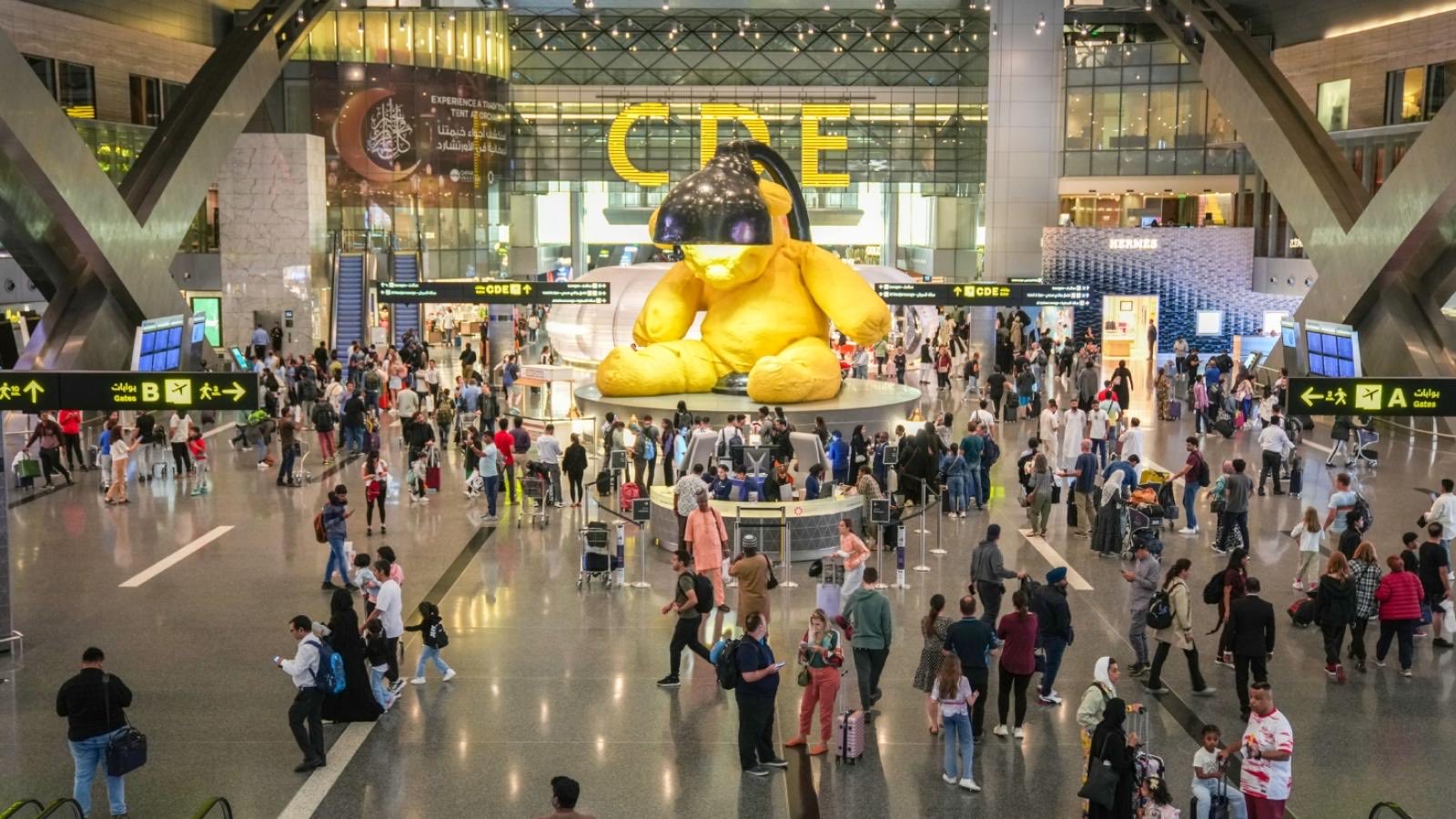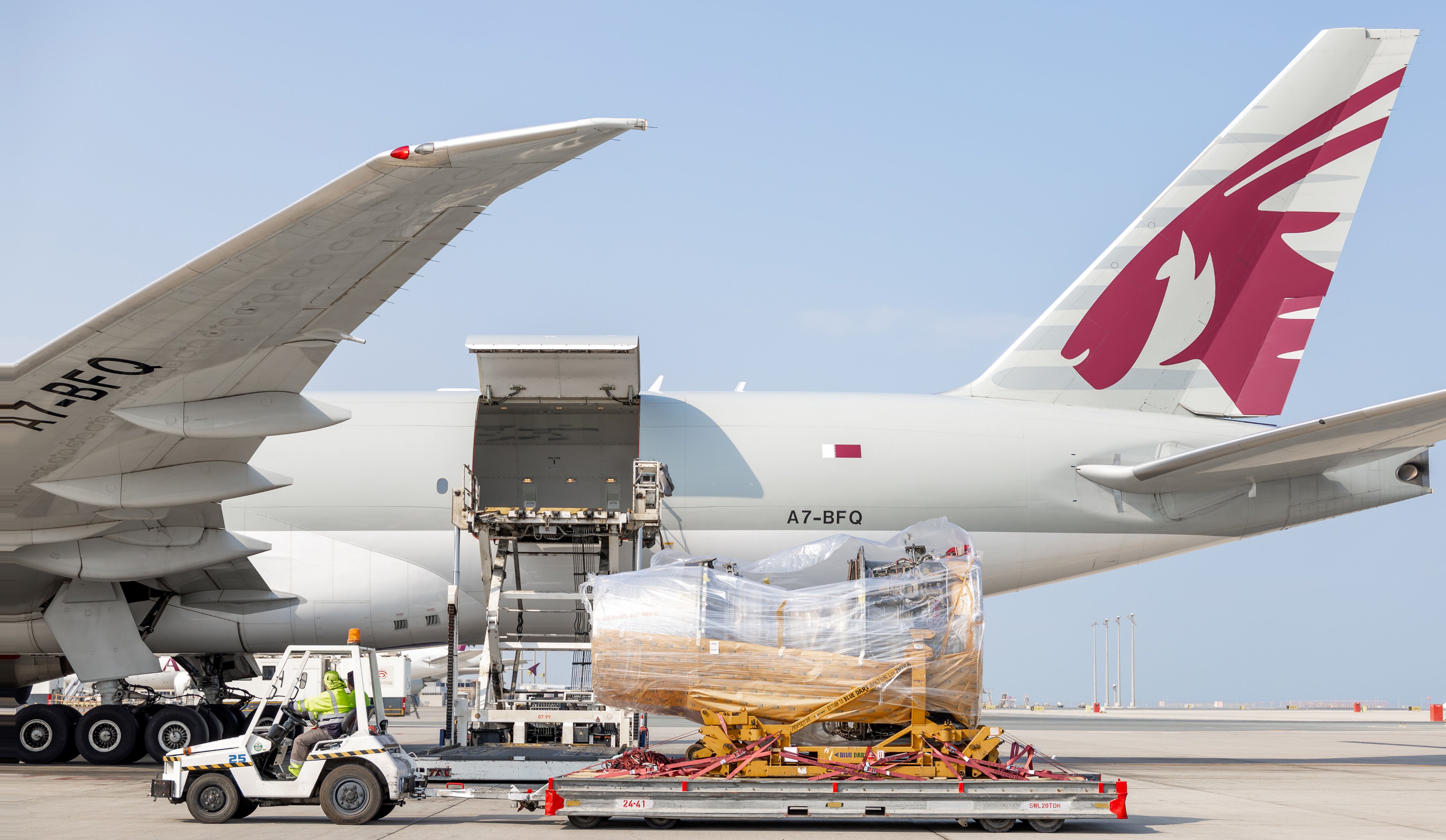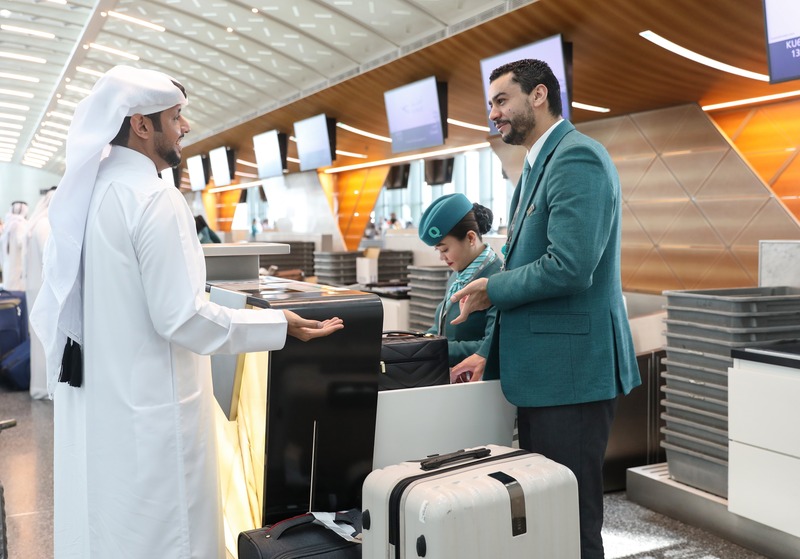
In 2024, Hamad International Airport (HIA) in Doha reaffirmed its position as a major global aviation hub, handling a record-breaking 52.7 million passengers, representing a 15% increase compared to 2023.
This milestone reflects a significant recovery and growth trajectory, with passenger numbers surpassing pre-pandemic levels by nearly 36%. Notably, point-to-point travel grew by 16%, exceeding 12 million passengers, signaling Qatar’s rising appeal as a destination rather than just a transit point.

The airport experienced remarkable passenger growth from key markets, including an 87% surge in travelers from China, alongside strong double-digit increases from countries such as Indonesia, Malaysia, Vietnam, and several European nations like the UK, Germany, and Spain.
HIA’s extensive network now connects travelers to 197 destinations through 55 airlines, with new entrants like Akasa Air, Japan Airlines, and China Southern Airlines expanding the airport’s reach.
Qatar Airways further enhanced its connectivity by launching new routes to cities including Osaka, Hamburg, Lisbon, and Toronto, reinforcing Doha’s strategic role as a key transit hub linking East and West. Aircraft movements also rose by 10%, totaling approximately 279,000 flights annually, with the third quarter alone recording 71,425 flights.

Cargo operations at HIA also saw robust growth, with 2.6 million tonnes of freight handled in 2024, marking a 12% increase year-over-year. This surge was driven by heightened e-commerce activity and disruptions in maritime shipping routes. The airport’s state-of-the-art midfield cargo terminal, capable of processing 1.4 million tonnes annually, supported this expansion effectively.
The third quarter recorded 670,643 tonnes of cargo, a 13.5% increase compared to the previous quarter. Additionally, the airport efficiently managed over 41.3 million pieces of baggage throughout the year, underscoring its operational capabilities.

Quarterly data highlighted continued momentum, with 13.7 million passengers in Q3 2024, up 7.9% from the same period last year, including a record-breaking July with 4.74 million travelers.
The first half of the year saw 25.9 million passengers, a 25% increase year-over-year, and 1.25 million tonnes of cargo, up 12%. Regional traffic growth was particularly strong, with Middle Eastern markets expanding by 45.3%, led by Saudi Arabia, the UAE, and Bahrain, while European traffic grew by 32.8%, fueled by new routes and increased flight frequencies.

HIA’s commitment to excellence was recognized with the Skytrax World’s Best Airport 2024 award, reflecting its focus on innovation and superior passenger experience. Hamad Ali Al-Khater, the airport’s COO, highlighted ongoing efforts to enhance operations and strengthen partnerships with Qatar Tourism, which have helped boost charter flights and promote tourism in the region.

With a current capacity of 70 million passengers annually, Hamad International Airport is well-positioned to sustain its impressive growth as global air travel continues to recover and expand.



























.jpg)












.jpg)
.jpg)




.jpg)
.jpg)















